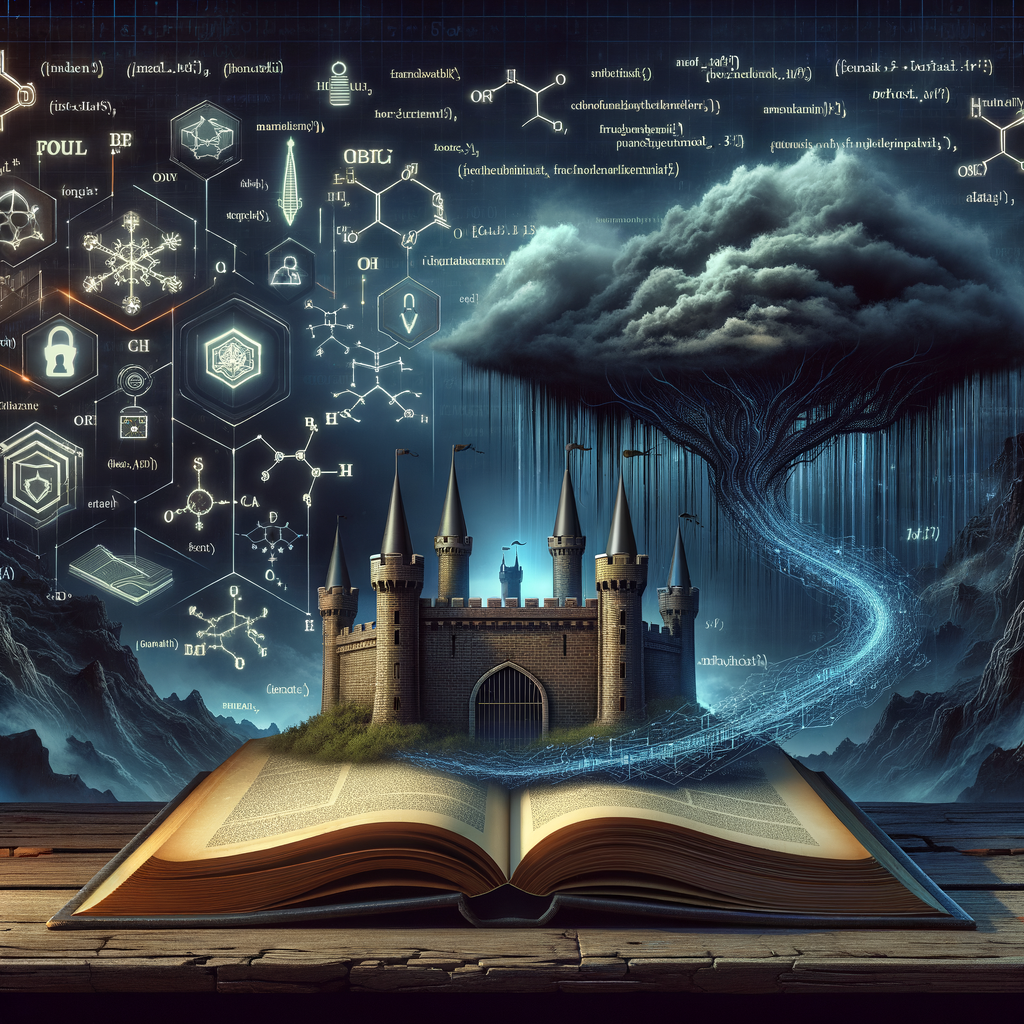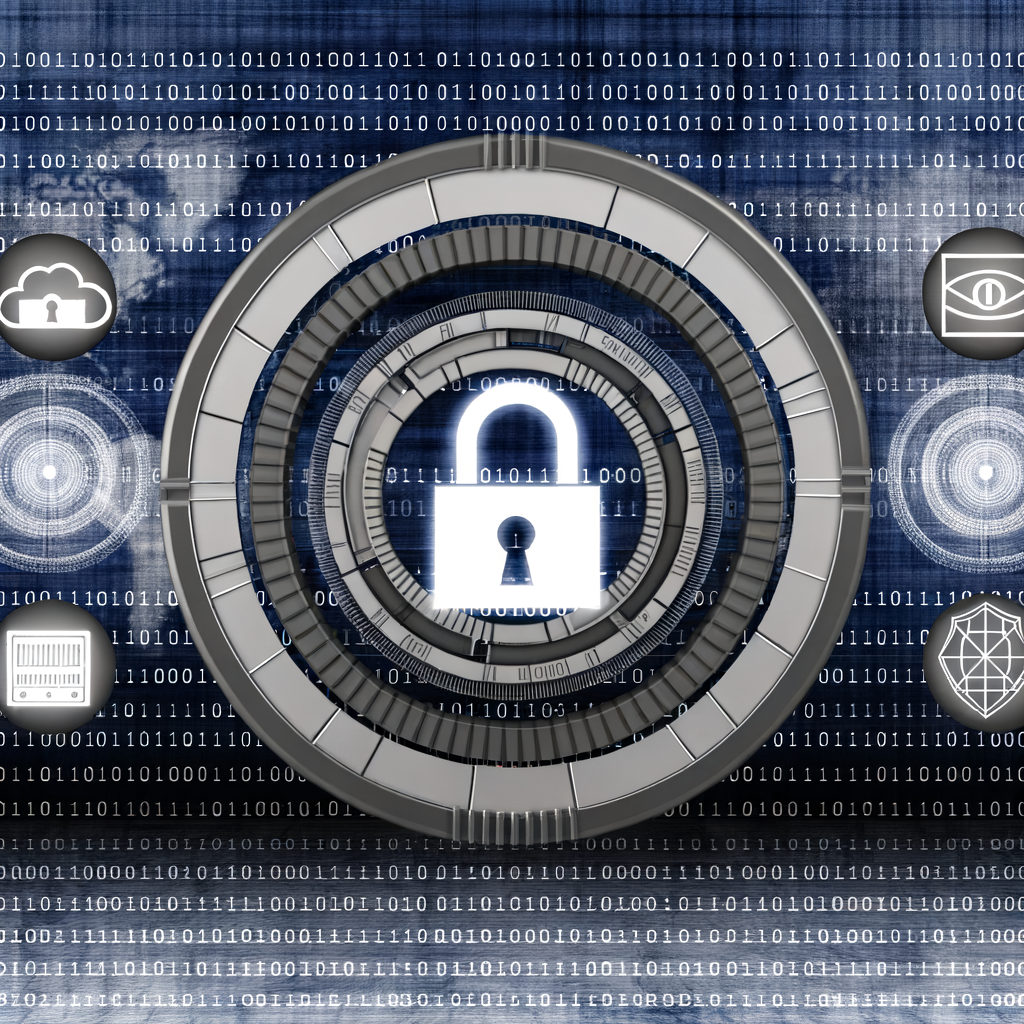The digital age has ushered in unparalleled advancements, opportunities, and, inevitably, challenges in the form of cybersecurity threats. As these threats evolve, so does the need for comprehensive knowledge and strategies to combat them. The backbone of today’s cybersecurity landscape is significantly influenced by a collection of seminal books. These works not only provide foundational knowledge but also offer insights into future trends and solutions. This article explores key books that have shaped and continue to influence today’s cybersecurity practices and policies.
Influential Cybersecurity Books of Our Time
In the realm of cybersecurity, certain books have set the stage for contemporary understanding and methodologies. Bruce Schneier’s "Applied Cryptography" is a cornerstone in this domain, providing a deep dive into the science of encrypting and securing digital information. Schneier’s work has been instrumental in both academic and practical fields, offering a comprehensive guide that remains relevant. Another pivotal book, "The Art of Deception" by Kevin Mitnick, sheds light on the psychological aspects of cybersecurity. Mitnick, a reformed hacker, illustrates how social engineering is often the weakest link in security systems, emphasizing the importance of understanding human factors in cybersecurity. "Ghost in the Wires," also by Mitnick, narrates his own adventures in hacking, offering an insider’s perspective on the vulnerabilities of computer systems.
Shaping the Future: Must-Reads in Cybersecurity
As we look towards the future of cybersecurity, several books stand out for their forward-thinking approach and potential to shape the field. "Future Crimes" by Marc Goodman is a tour de force that explores the dark possibilities of our increasingly connected world. Goodman’s book is a clarion call to better understand and prepare for the evolving digital threats that face individuals, corporations, and nations. Another essential read is "Cult of the Dead Cow" by Joseph Menn, which delves into the history and impact of one of the most influential hacking groups. The book provides valuable insights into how hacking cultures can influence major cybersecurity policies and practices. Lastly, "Sandworm" by Andy Greenberg investigates the rise of cyber warfare, focusing on a group of hackers that have launched some of the most devastating cyberattacks in history. Greenberg’s work is crucial for understanding the geopolitical implications of cybersecurity and the need for a global response to cyber threats.
The books discussed herein not only contribute to the foundational knowledge required to navigate the complexities of cybersecurity but also offer insights into its future trajectory. They highlight the importance of understanding the technical, psychological, and geopolitical aspects of cybersecurity. As threats evolve, so must our strategies and policies, making these works essential reading for professionals, policymakers, and anyone interested in the security of our digital world. In essence, these books serve as a guiding light, illuminating the path towards a more secure cyber future.
Books mentioned in this article
- “Applied Cryptography” by Bruce Schneier
- “The Art of Deception” by Kevin Mitnick
- “Ghost in the Wires” by Kevin Mitnick
- “Future Crimes” by Marc Goodman
- “Cult of the Dead Cow” by Joseph Menn
- “Sandworm” by Andy Greenberg


